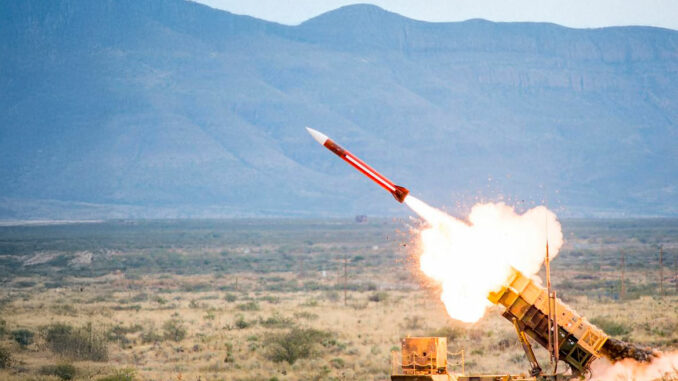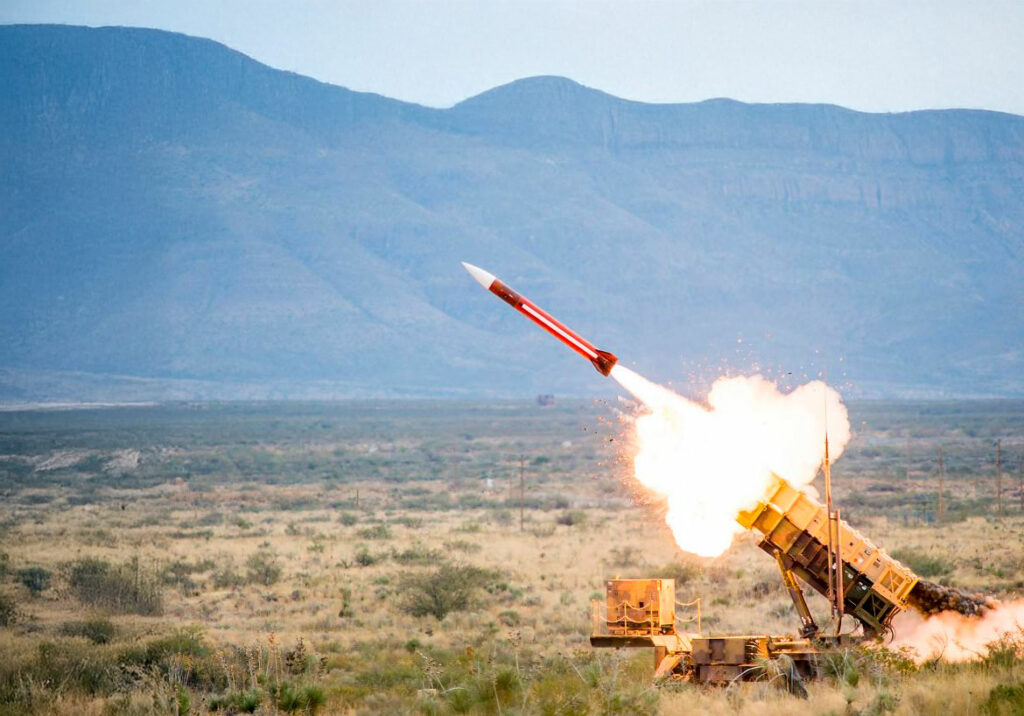
The Netherlands is buying a Patriot system worth $529 million to replace the one given to Ukraine and strengthen its air defense.
The Netherlands has signed a $529 million contract with Raytheon for a Patriot system to reinforce its air defense. The new equipment replaces that sent to Ukraine. The Patriot PAC-3 system, recognized for its advanced capabilities, plays a key role in the security of the Netherlands and NATO in the face of evolving air threats. This investment is part of an overall strategy to modernize Europe’s military infrastructure.
A strategic contract for Dutch defense
On January 16, 2025, Raytheon announced the signing of a $529 million (approx. €487 million) contract to supply a Patriot air defense system to the Netherlands. The contract includes a complete firing unit, with radar, launchers, control stations and support equipment. This acquisition is designed to replace systems donated to Ukraine, while strengthening the Netherlands’ defense capabilities.
The Patriot PAC-3 system is the backbone of many countries’ air defense systems. With a presence in 19 nations, it is designed to counter a variety of threats, including ballistic missiles, cruise missiles and aircraft. This modernization will enable the Netherlands to maintain its key role within NATO, particularly in view of the current geopolitical tensions in Europe.
Technical features of the Patriot PAC-3 system
The Patriot PAC-3 system uses advanced technology to intercept and destroy tactical ballistic missiles, cruise missiles and aircraft. Its high-precision radar and interceptor missiles provide extensive coverage:
- Maximum range: approx. 70 km.
- Maximum interception altitude: approx. 24 km.
- Accuracy rate: over 90% in operational conditions.
The system uses hit-to-kill technology, which destroys targets using kinetic energy. This method is particularly effective against modern missiles, reducing collateral damage. The PAC-3 can be integrated into larger air defense networks, offering a modular and adaptable solution.
The consequences of the delivery for the Netherlands
The delivery of this Patriot system will have strategic implications for the Netherlands. Currently, their army has 18 PAC-3 launchers. The donation of a complete system to Ukraine has reduced their capabilities, making this acquisition essential to maintain their level of defense.
The Netherlands spends 1.85% of its GDP on defense, or around €13.3 billion in 2024. This order is part of a policy to modernize military infrastructures in anticipation of growing threats. The integration of this new system will not only strengthen national capacity, but also the Netherlands’ role in collective European defense.

The role of NATO and strategic alliances
The Dutch decision also reflects a broader dynamic within NATO. Faced with growing threats, including hypersonic missiles and sophisticated drones, alliance members are investing heavily in advanced defense systems. In 2023, defense spending by NATO members reached $1,232 billion, an increase of 13% on the previous year.
The Patriot, with its proven effectiveness, remains a pillar of the collective defense strategy. Ongoing equipment upgrades ensure that alliance forces are ready to meet modern challenges. The Dutch contribution strengthens regional deterrence, while solidifying transatlantic relations.
Investing in regional security
Against a backdrop of tensions in Eastern Europe, Patriot systems provide a credible solution for countering airborne threats. During recent conflicts, for example, the Patriot intercepted tactical missiles in complex scenarios, proving its effectiveness.
The Netherlands’ purchase of this system illustrates its proactive approach to modern security challenges. With the proliferation of ballistic missiles and armed drones, reliable interception capabilities are essential to protect critical infrastructures and civilian populations.
Military modernization: a strategic imperative
This acquisition is part of a wider trend to modernize Europe’s armed forces. The Netherlands, like other European nations, is investing to make up for the delays accumulated in the 2000s. In 2024, European defense investment accounted for 22% of worldwide spending, a significant increase.
Priorities include:
- Strengthening air and missile defenses.
- Increasing operational manpower.
- Technology modernization, including the integration of artificial intelligence.
These efforts are designed to ensure that Europe can respond autonomously to regional crises, while remaining a strategic ally of the United States.
Long-term prospects for Dutch defense
The PAC-3 Patriot system will play a central role in Dutch strategy for decades to come. However, to remain competitive, the Netherlands will need to continue investing in emerging technologies, such as low-energy radars and hypersonic missiles.
What’s more, maintaining these systems will require increased cooperation with industrial and military partners. Raytheon, for example, plans to provide regular updates to ensure the systems’ operational readiness.
War Wings Daily is an independant magazine.